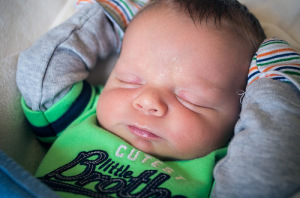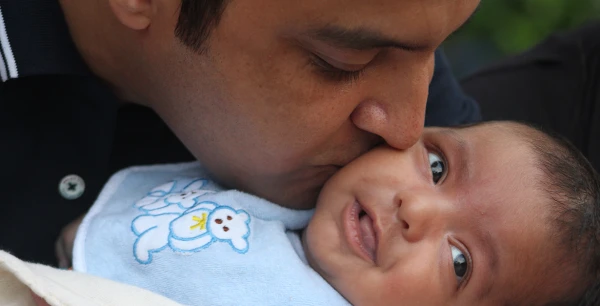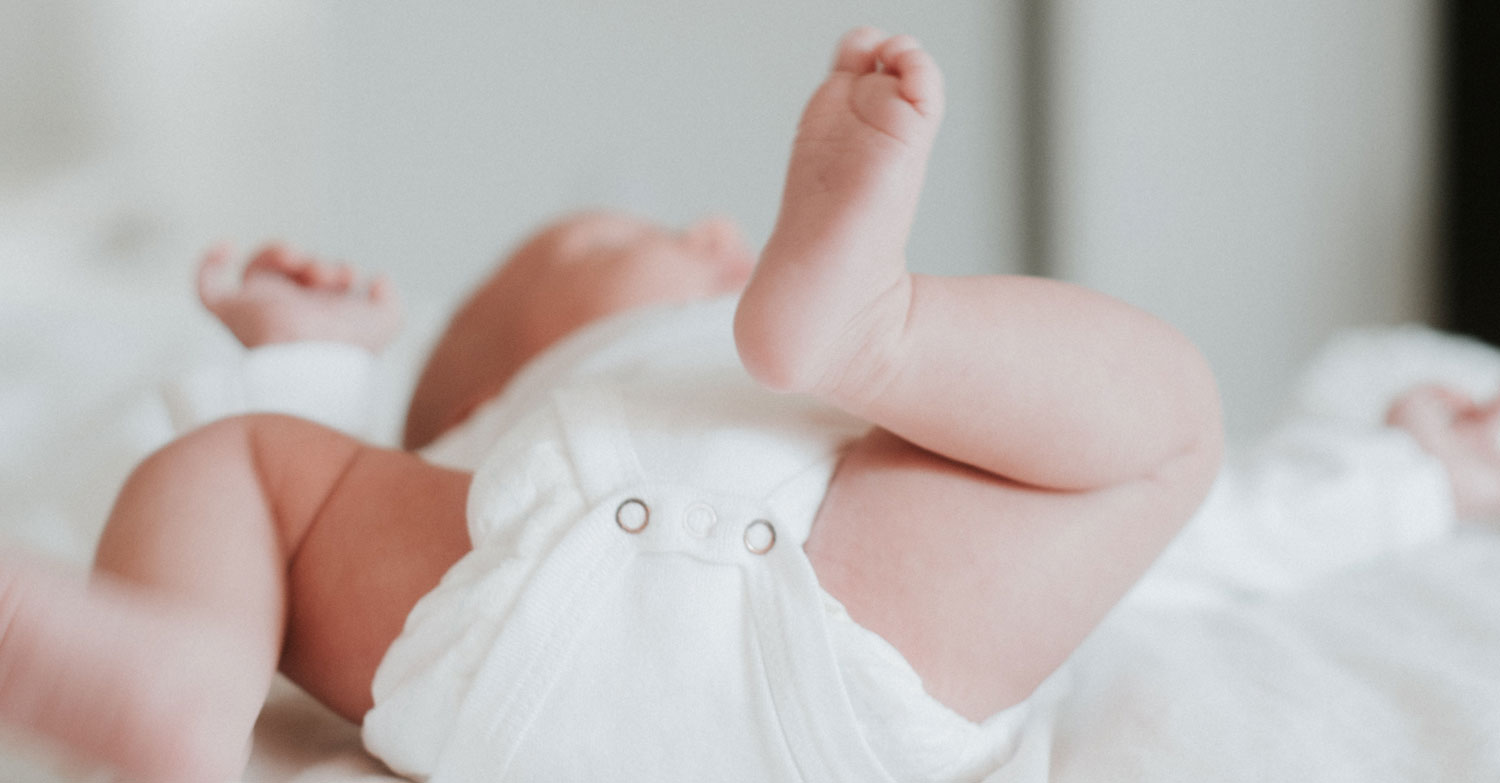One of the biggest fears of new parents (besides the complete unknown that no book can prepare you for) is SIDS, or Sudden Infant Death Syndrome. SIDS is the leading cause of death for babies under a year old, and claims as many as 2,500 babies every year.
While no one knows for sure what causes SIDS, there is research being done that may help doctors and parents to detect babies who are at higher risk of SIDS. This research may shed some light on brain-stem abnormalities that would allow doctors to test babies for their tendency toward SIDS, but it is definitely not preventative, nor does it “solve” SIDS.
Though this research isn’t a definitive answer, the research being done may help parents to take action to help further prevent SIDS for their infants.
Most SIDS deaths occur while the baby is sleeping. Knowing this, SIDS is only attributed to infant deaths in which all other causes can be ruled out.
It’s important to note that many SIDS-related deaths occur before 4-months of age, and the number of SIDS-attributed deaths increase during cold weather. Additionally, there are avoidable risk-factors that increase the chance of SIDS, and these can be avoided:
- Do not drink or smoke during pregnancy
- Attend your prenatal appointments
- Avoid smoking around your infant
- Make sure that your baby is dressed appropriately for sleep
- Remember that you should always put your baby on her back to sleep
- No loose bedding in the crib or bed with baby
A Healthy Baby Starts With a Healthy Pregnancy
It may seem obvious, but having a healthy pregnancy can go a long way to help prevent SIDS. Make sure that while pregnant you avoid alcohol and cigarettes as well as other drugs not approved by your doctor.
Additionally, make sure that you attend all prenatal appointments, as your doctor may be able to determine risk factors that would otherwise go undiagnosed.
Do Not Allow Smoking Around Your Baby
Again, this may seem obvious, but it is extremely important. Secondhand smoke kills, and tiny babies are unable to leave the room or move away. This extends to friends and family who may smoke. Ask that they refrain from smoking before they visit baby, so as to avoid smoky clothing or hands, as well.
Dress Baby Appropriately
Your baby will gradually begin to be able to self-regulate her body temperature, but until that happens, it’s important that you dress your baby appropriately to avoid overheating. The general rule of thumb is to dress baby as you would yourself, plus a layer. This can be tricky at bedtime, but many parents find that a sleeper and sleepsack are enough to keep baby warm and safe.
Remember that the temperature in the house is just as important, as studies have shown that the “best” temperature for baby is between 68 and 72 degrees Fahrenheit.
Back to Sleep
 Perhaps most importantly, put your baby on her back to sleep. Numerous studies have shown that babies who sleep on their backs are less likely to succumb to SIDS than those that sleep on their sides or stomachs. This becomes less of a concern as your baby gains better head control and is able to roll from back to front and back again.
Perhaps most importantly, put your baby on her back to sleep. Numerous studies have shown that babies who sleep on their backs are less likely to succumb to SIDS than those that sleep on their sides or stomachs. This becomes less of a concern as your baby gains better head control and is able to roll from back to front and back again.
Make sure that the surface your baby is sleeping on is firm and flat. Make sure that the crib and mattress meets current safety standards. Consider options that will not result in off-gassing, or give your new nursery items time to breathe before you put baby in with them.
Remove Loose Blankets, Toys, and Traditional Bumpers
I know that your bedding set is super cute, but the bumper that comes with it could present a potential choking hazard, and any loose blankets, stuffed animals, or similar items present just as much danger to your new baby. If you must use a crib bumper, choose something like the Wonder Bumper, which is a breathable material. If you need a Wonder Bumper, be sure to use the code “sleeplady10” for 10% off!
Keep An Eye Out
The current recommendation is that baby should room in with parents for at least the first 4 months, but preferably the first year of life to help prevent the risk of SIDS. This means that baby should be in a cosleeper, crib, or bassinet in the parent’s room, not in bed with mom and dad. If you do choose to co-sleep, make sure you are doing so safely.
If you choose to have your baby in a separate room, make sure that you are able to hear her, though this has not been shown to effectively prevent SIDS-related deaths.
Beware of video monitors, as they can be prone to hacking, as was the case earlier this year.
Feed and Soothe Appropriately
Interestingly, breastfeeding and pacifier use has been shown to help reduce the risk of SIDS, so it’s okay to offer a pacifier at nap and bedtimes.
As I said before, although there are numerous studies, no one really knows what causes SIDS, but there are certain things that parent can do to ensure their baby is as safe during sleep as possible, especially during the first few months.


